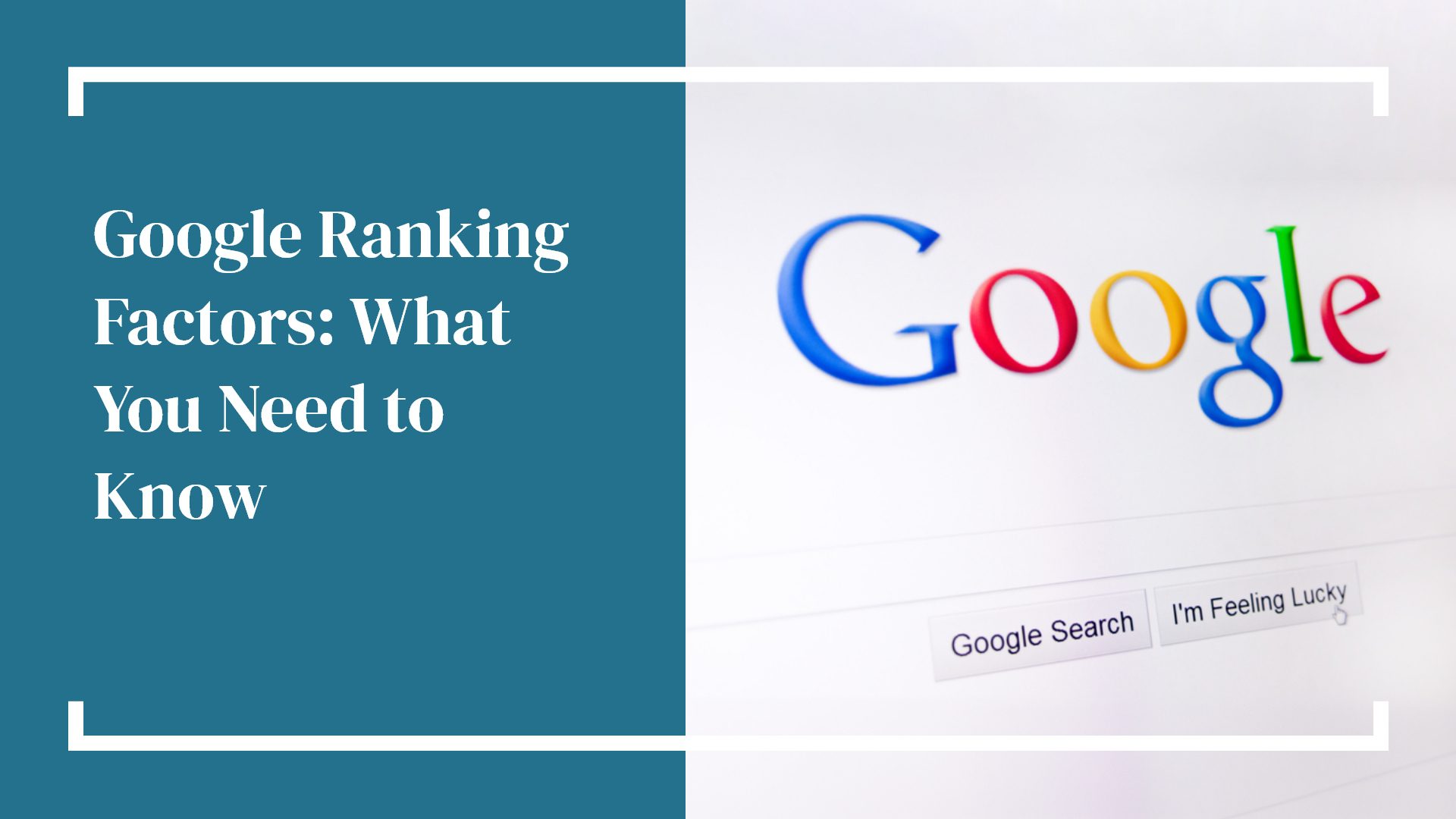We’ve shared a lot about SEO on the Hammersmith Support blog: what it is, how to boost SEO organically, and how to use images for good SEO. Now we’re bringing you a few of the actual factors that Google uses to rank a site. There are 200 individual factors that Google uses to evaluate a website. Some are things we can all do for our websites, and we’ll detail those below. Others are best left to the website professionals! Here are 10(ish) of the Google Ranking Factors to consider for your business website:
Content Content Content
Content is evaluated in several ways, but we’re going to group a few topics together:
A. Freshness: how recently your website has been updated is HUGE. In fact, Google even puts the date of the most recent update in the search results. If that doesn’t tell you how much Google values fresh content, we don’t know what would. At a minimum, content should be updated 1-2 times a month.
B. Update Magnitude: This goes hand in hand with freshness. Changing a few words here and there isn’t going to cut it. Making significant updates to content, like adding new testimonials, images, blogs, or multimedia, will help the most.
C. Quality: Grammar, Spelling: This one is a *little* contested. While some reports say Google doesn’t rank quality, others include quality as part of End User Experience. Bottom line, it doesn’t hurt to have good grammar.
Links
There’s a fine line between not enough links in a post and too many. The baseline is one internal link to another part of your sit and one external link to an outside website link per post. BUT, if you have the opportunity to link to more than one internal page or external site because they’re related to the topic of your post, then there should be more than 1-2 links. Linking to reputable and authoritative sites (news outlets, educational institutions, established businesses) increases the rank as well.
Security
Obviously, security is important for your end user safety and your website’s lifespan, but Google also ranks secure sites higher. All the more reason to make sure your URL has that important “s” in the http.
Page Speed
Having a website that loads quickly is usually targeted at end users to keep them from bouncing. But Google also ranks the page speed. If your site has a lot of images or other multimedia, software downloads, or is targeting buyers from around the world, using a CDN can speed up the loading process, not only making potential customers happy, but improving your rank at the same time.
Mobile Friendliness
This is one of the more recent additions to Google Rankings. Having a site that is optimized for mobile users is vital. In addition, priority is given to sites that build mobile framework first, then desktop user framework. Something to keep in mind when evaluating how your end user will likely access your website.
Keywords
Keeping your website’s keywords quality is a must. In addition, be sure that a keyword appears in the first 100 words of a page’s content.
Headers, Numbered Lists, Bullet Points
Big, bulky blocks of words are a no-no from an end user’s perspective and for Google Ranking as well. Be sure to break up content and organize it so that readers – and web crawlers – can scan the information easily.
Site Architecture
A well-designed / organized website makes it easier to be evaluated by Google, resulting in a higher ranking. Being able to quickly and easily index site pages is a must. This includes a well-designed site map.
Usability
This is another factor that initially appears to be relevant for the end user, but doubles by impacting rankings as well. An easy-to-navigate site will keep users longer and reduce the bounce rate. This low bounce rate and satisfied user translates into higher rankings.
Image Optimization
We’ve shared how ensuring that your image information is on point is a great way to organically boost a website’s SEO. The same is true for ranking. Making sure that image captions are accurate and informative, while the “behind the curtain” items like title, Alt Text, and description are all completed as well are all considered for rankings. Be sure not to have spammy Alt Text or descriptions. They may work for a short time but will hurt the rank in the long run.
We Can Help
With the ever-increasing competition for online visibility, implementing effective SEO strategies can make a big difference in driving organic traffic to your website. Schedule a complimentary consultation to discuss how we can help enhance your SEO strategies and drive more traffic to your website.

